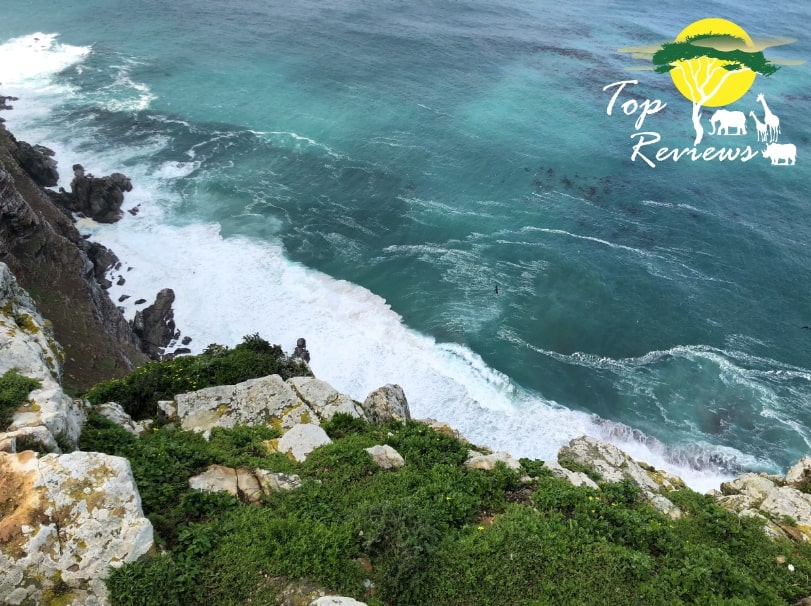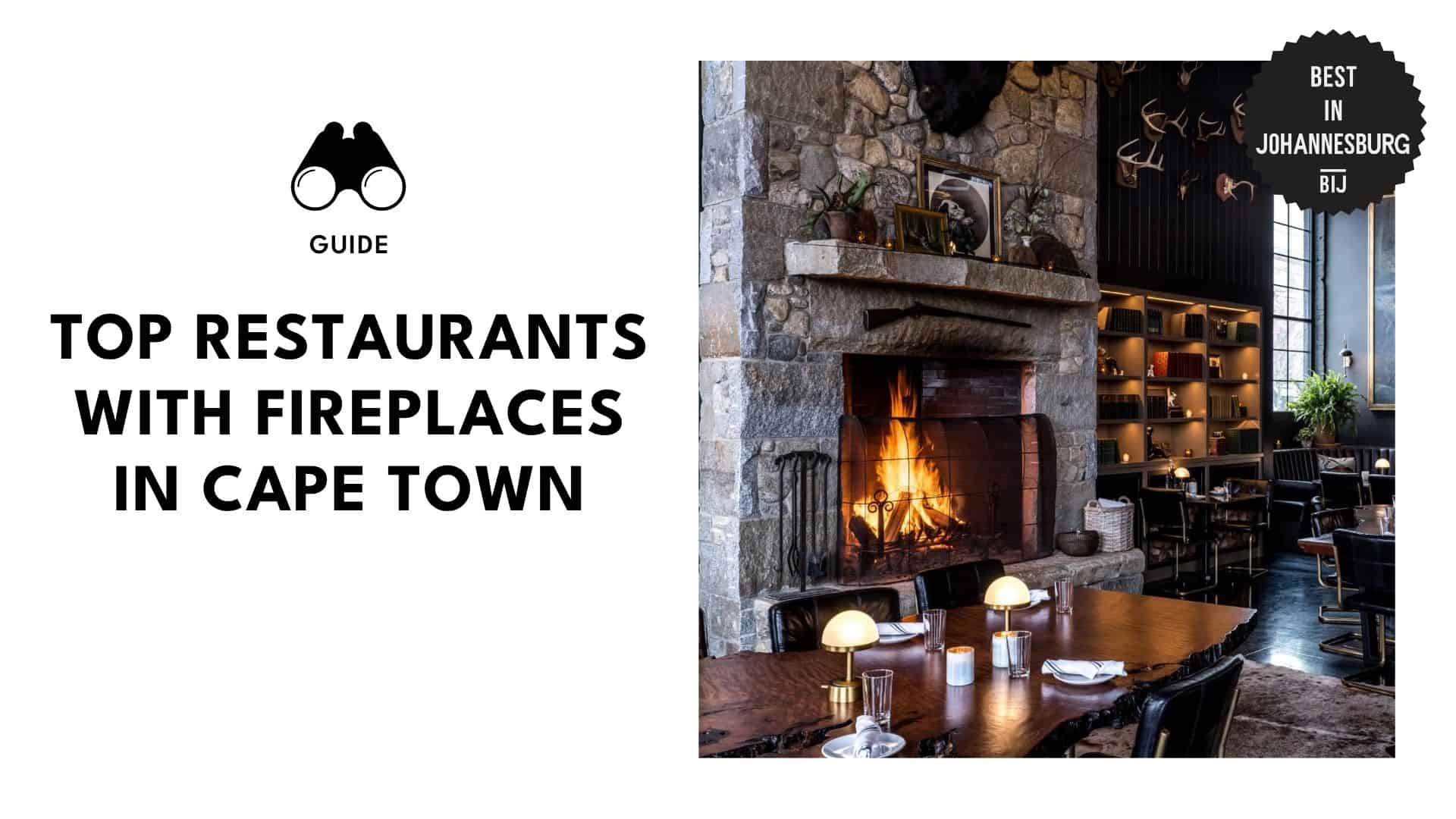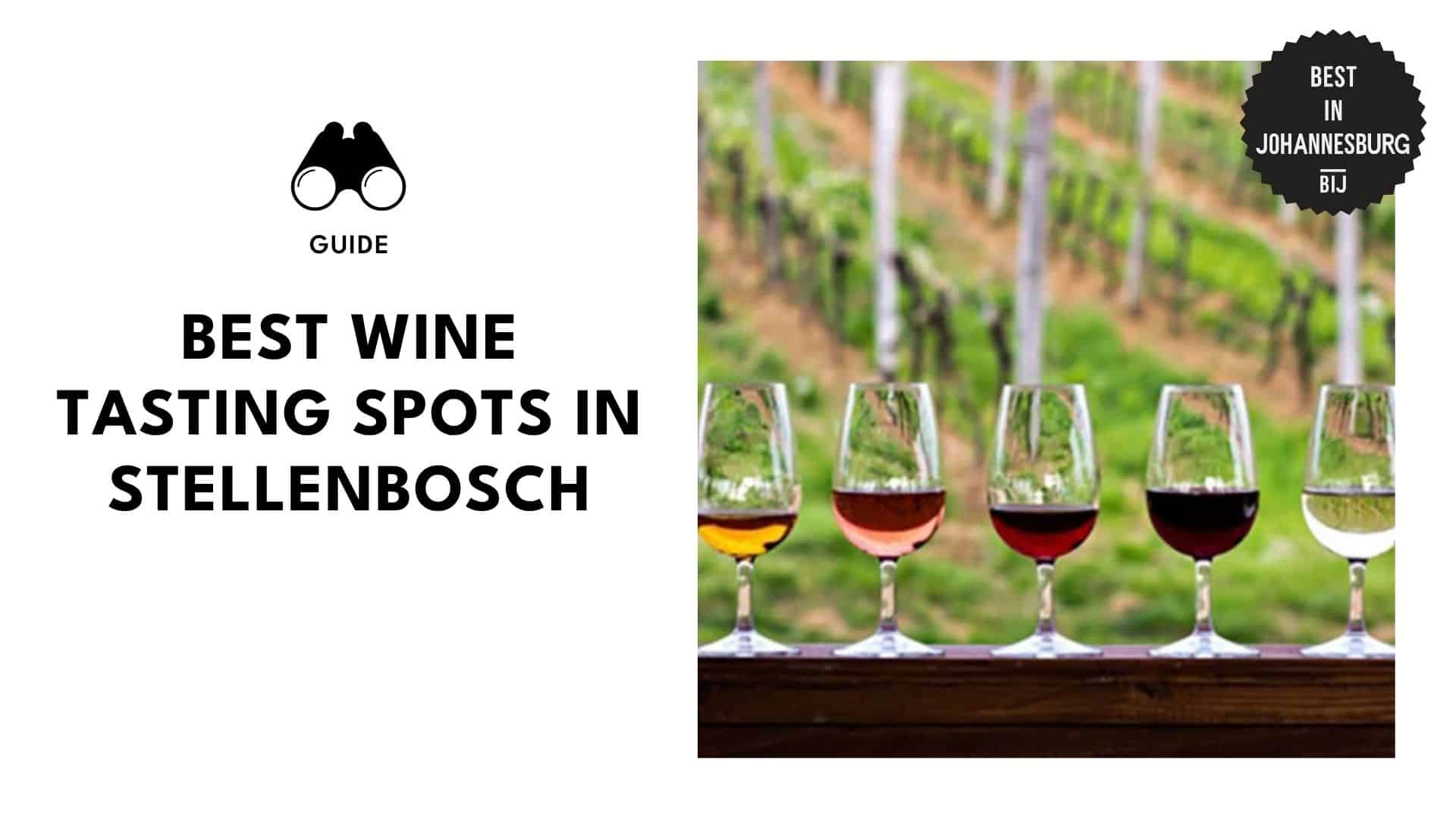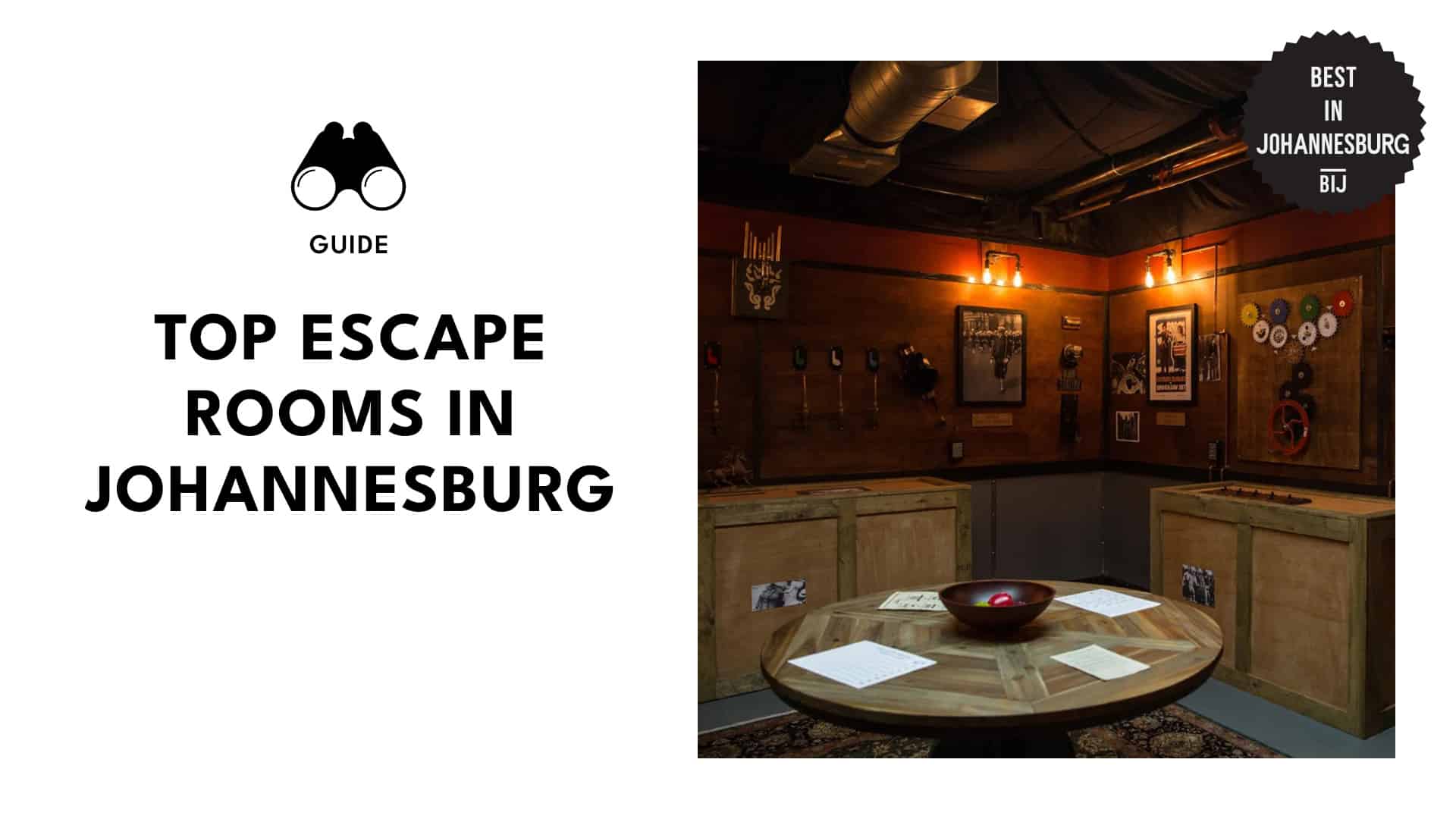Categories > Guides and Tips

The Best of KwaZulu Natal: Exploring South Africa’s Most Vibrant Province
- What is KwaZulu Natal known for?
- Getting to Know Kwazulu Natal’s history
- KwaZulu Natal’s Art and Culture
- Famous Tourist Spots in KwaZulu Natal You Don’t Want to MissKwaZulu Natal attracts heavy tourist traffic simply because the province has so much to offer.
- The Drakensburg
- 2. Hluhluwe-iMfolozi Park
- Kwa Cheetah Breeding Project
- 4. iSimangaliso Wetland Park
- Battlefields Route
- Durban Beach
- Oribi Gorge Nature Reserve
- 8. Sani Pass
- KwaZulu Natal’s Local Cuisine
- 1. Uphuthu
- Amazi
- 3. Ujeqe
- 4. Chakalaka
- 5. Amahewu
Nestled along South Africa’s sun-kissed eastern coast, KwaZulu Natal is a treasure trove of experiences waiting to be discovered – from the captivating beaches and towering mountains to the pulsating arts and crafts scene and tantalising cuisine.
In this article, we’ll take you on a journey through the captivating features of KwaZulu Natal, highlighting what makes it such a must-see destination for anyone planning a trip to South Africa.
What is KwaZulu Natal known for?
KwaZulu Natal is known for its exquisite coastlines, wildlife sanctuaries, lush hills, and expansive fields of sugar cane and bananas. Additionally, it boasts a remarkable past, with its battlefields being a major draw for visitors.
Notably, the province also features two World Heritage Sites, namely the Ukhahlamba Drakensberg Park and the iSimangaliso Wetland Park.
Getting to Know Kwazulu Natal’s history

KwaZulu Natal is located in the country’s east and has a rich and complex history dating back thousands of years. Several indigenous groups, including the San, Nguni, and Sotho-Tswana, first settled in the area.
However, at the beginning of the nineteenth century, the Zulus, led by King Shaka, emerged as a dominant force in the region and established a powerful kingdom.
King Shaka’s military tactics, which included the development of the short stabbing spear and the use of highly disciplined warrior formations, assisted him in conquering neighbouring tribes and expanding the Zulu kingdom.
Even so, following his assassination by his half-brothers in 1828, the Zulu kingdom was thrown into chaos and violence.
Unsurprisingly, the British took advantage of this insecurity to establish the Natal colony in 1843, which included much of the present-day KwaZulu Natal.
This resulted in conflicts between the British and the Zulus, culminating in the Anglo-Zulu War of 1879, which the British won.
KwaZulu Natal also played an important role in the fight against apartheid, the South African government’s system of racial segregation that existed from 1948 to 1994.
The main anti-apartheid movement, the African National Congress (ANC), also had a strong presence in the province. It was the site of numerous anti-apartheid protests and acts of resistance.
KwaZulu Natal’s Art and Culture

What truly makes KwaZulu Natal’s art and culture special is they’re a vibrant and dynamic reflection of the province’s diverse history and people.
From the bold and colourful beadwork of the Zulu people to the contemporary works of local and international artists, KwaZulu Natal is a cultural melting pot that’s sure to leave a strong impression on outsiders.
Bias aside, we’re quite proud of our traditional art forms, such as beadwork, music, and dance, which are a testament to the deep-rooted traditions and customs of the Zulu people and other indigenous groups.
Skilled artisans create stunning beadwork pieces that are not only aesthetically pleasing but also hold significant cultural and spiritual meaning.

Moreover, the Zulu people’s rich musical tradition, characterised by their unique vocal harmonies, powerful drumming, and infectious rhythms, is an integral part of the province’s cultural identity.
KwaZulu Natal’s music is often accompanied by the mbira, a traditional thumb piano that adds an unmistakable and evocative sound to the music.
But beyond its traditional art forms, KwaZulu Natal also boasts a vibrant contemporary art scene. We just love how our province is home to numerous galleries and art centres, showcasing the work of local and international artists.
We also host cultural festivals and events, such as the Durban International Film Festival and the Hilton Arts Festival, attracting visitors like you from all over the world.
Famous Tourist Spots in KwaZulu Natal You Don’t Want to Miss
KwaZulu Natal attracts heavy tourist traffic simply because the province has so much to offer.
Here are some of the most famous tourist spots in KwaZulu Natal we recommend checking out:
1. The Drakensburg

Well, of course, you’re familiar with The Drakensberg. Although majestic as it already is, it’s actually more than just a mountain range in KwaZulu-Natal; it also boasts a rich history and culture.
More importantly, the Ukhahlamba Drakensberg Park, one of the protected areas within the range, is a UNESCO World Heritage Site, and it’s not hard to see why.
The ancient rock art found in the region is a testament to this site’s rich culture, dating back thousands of years and created by the San people, who were the original inhabitants of the area.
These artworks offer a glimpse into their way of life, beliefs, and mythology.
Outdoor enthusiasts will also find plenty to do in the Drakensberg, with a range of activities like hiking, mountain climbing, horse riding, and bird watching on offer. The trails cater to visitors of all fitness levels, from easy walks to challenging treks.
The renowned mountain range is also home to a variety of wildlife, from baboons and jackals to rare bird species such as the bearded vulture and the bald ibis. But if you’re looking for something more thrilling, the Drakensberg won’t disappoint.
Adventure tourism is a thriving industry in the area, with activities like zip-lining, rock climbing, and abseiling available for tourists.
You can also indulge in white-water rafting, quad biking, and hot-air balloon rides, making it the perfect destination for adrenaline junkies.
2. Hluhluwe-iMfolozi Park

Let’s talk about Hluhluwe-iMfolozi Park, one of the most exciting wildlife parks located in the KwaZulu Natal province of South Africa. You might be wondering, what makes this park so special?
Well, for starters, it’s home to the famous “Big Five” game animals, including the lion, leopard, elephant, rhinoceros, and buffalo. The park also has a diverse range of other wildlife species, such as wild dogs, cheetahs, hyenas, and a variety of antelope species.
The Hluhluwe River that runs through the park also adds to the natural beauty of the area. And if that wasn’t enough, Hluhluwe-iMfolozi Park is also steeped in cultural history.
The park has evidence of human occupation dating back to the Stone Age, and its hilltop forts and stone kraals are a testament to the region’s rich cultural heritage.
Guided tours are also available for visitors to learn more about the area’s fascinating history and culture.
3. Kwa Cheetah Breeding Project

The Kwa Cheetah Breeding Project is an innovative project focused on conserving cheetahs and their genetic diversity.
Thanks to modern breeding techniques, the project has been incredibly successful in breeding cheetahs that have been released back into the wild.
With more than 25 cheetahs under its care, the project is doing everything possible to preserve these amazing animals’ future.
But one thing we love about the Kwa Cheetah Breeding Project is the staff’s passion for conservation education. That’s why they offer educational tours that give visitors insight into the ecology, behaviour, and conservation of cheetahs.
During these tours, you can learn all about the challenges faced by cheetahs in the wild and the efforts being made to conserve them.
But that’s not all – the Kwa Cheetah Breeding Project also offers visitors the opportunity to interact with the cheetahs in a controlled environment. This is a unique chance to get up close with these magnificent animals, and even take photographs with them.
If you’re someone who wants to make a difference in the world of wildlife conservation, the Kwa Cheetah Breeding Project also has an incredible volunteer program.
Through this, you’ll be able to work with the cheetahs and help care for their welfare. This is a fantastic opportunity for anyone passionate about wildlife conservation and wanting to contribute to the conservation of cheetahs.
4. iSimangaliso Wetland Park

Oh, we definitely can’t miss iSimangaliso Wetland Park!
This stunning destination boasts a diverse range of natural landscapes and a rich cultural history. Its ecological value is so outstanding that it has been recognised as a UNESCO World Heritage Site, and rightly so!
The park is home to a variety of ecosystems, including swamps, lakes, beaches, coral reefs, and coastal forests. And with over 500 bird species, hippos, crocodiles, turtles, whales, and dolphins, nature lovers will feel like they’ve entered paradise.
Not only is iSimangaliso Wetland Park a haven for wildlife, but it also has a rich cultural history that spans thousands of years.
The park is home to several historical sites, including the Kosi Bay fish traps, which were built by the local Thonga people hundreds of years ago.
But that’s not all! Visitors to iSimangaliso Wetland Park can also indulge in a variety of adventure activities, such as snorkelling, scuba diving, fishing, kayaking, and game drives.
Hiking trails also offer breathtaking views of the park’s diverse landscapes.
There’s no denying that iSimangaliso Wetland Park is an extraordinary destination that offers visitors an unforgettable experience. It’s a place that deserves to be cherished and protected for generations to come.
5. Battlefields Route

As you’ve probably guessed from its name, the Battlefields Route is home to some of the most significant battles in South African history.
From the legendary Battle of Blood River to the famous Anglo-Zulu War battles of Isandlwana and Rorke’s Drift, this route is steeped in history that will leave you in awe.
The area has played an essential role in the formation of the Union of South Africa, further highlighting its historical importance.
The Battlefields Route is not only a historical site but also a melting pot of cultures, making it an excellent destination for cultural exploration. You’ll get to experience the unique blend of Zulu, Boer, British, and Indian cultures.
The area has several cultural villages where you can enjoy traditional dances, songs, and cuisine that will tantalise your taste buds and leave you mesmerised by the experience.
The Battlefields Route is also home to a plethora of heritage sites, including museums, monuments, and memorials that tell the stories of the battles and the people who fought in them.
Beyond its historical and cultural significance, the Battlefields Route boasts scenic beauty that will take your breath away. The rolling hills, grasslands, and valleys offer breathtaking, extraordinary views.
You can also enjoy hiking, horse riding, and game drives in the area, making it a perfect destination for adventure and exploration.
Lastly, the people who live in the Battlefields Route area are known for their warm and friendly hospitality. When you visit, you can stay in cosy guesthouses and lodges and enjoy delicious local cuisine, immersing yourselves in the local culture and history.
6. Durban Beach

It goes without saying that Durban Beach is one of the most popular beaches in all of South Africa. It’s actually also the largest urban beachfront on the continent, stretching for over 6 kilometres along the Indian Ocean coastline.
Aside from its undeniable beauty, locals and tourists alike love Durban beach for its warm water, making it a perfect spot for swimming and water sports. Surfing and kite surfing are some of the most played water sports in the area.
But don’t worry if you’re not looking to be active, as the Golden Mile section of the beach is lined with palm trees, hotels, restaurants, and even spas.
The beach is a hub of entertainment and events, with concerts, festivals, and other events held regularly throughout the year.
You’ll also find some notable spots along Durban Beach, such as the iconic Moses Mabhida Stadium, which was built for the 2010 FIFA World Cup, and Durban Botanic Gardens, a beautiful garden with a diverse collection of indigenous and exotic plants.
If you ever find yourself walking along the beach, make sure to take the chance of exploring the area’s rich cultural history. We suggest dropping by the popular Phansi Museum, which showcases the art and culture of South Africa.
7. Oribi Gorge Nature Reserve

We promise that the Oribi Gorge Nature Reserve is worth the visit, as the whole area boasts multiple destinations you can check out.
The nature lovers in our team list this as their top travel spot as the reserve features a diverse range of flora and fauna, including over 250 bird species, several primate species, and various antelope species, including the rare oribi.
If you’re not familiar with them, oribis are small antelope species found in eastern, southern and western Africa.
The rugged cliffs, waterfalls, and dense vegetation of the landscape also make it a haven for outdoor enthusiasts and nature lovers. Hiking, abseiling, zip-lining, and white-water rafting are among the activities available to visitors to the reserve.
Moreover, you’ll find several important archaeological sites, including the Khoisan Cave and the Oribi Gorge Rock Shelter, which offer a glimpse into the region’s rich cultural history.
If you aren’t quite convinced yet, did you know that the reserve is also home to one of the world’s largest and deepest canyons, which is approximately 24 kilometres long and up to 400 meters deep?
The Oribi Gorge Nature Reserve also features several stunning viewpoints, including the famous Leopard Rock lookout point, which offers panoramic views of the gorge and surrounding landscape.
8. Sani Pass

Introducing: the majestic Sani Pass, a mountain pass snuggled in the southern Drakensberg Mountains that serves as a natural border between South Africa and Lesotho.
With a rise from 1544 meters above sea level to 2876 meters at the summit, Sani Pass offers breathtaking views of the surrounding landscapes that will leave you speechless.
As you journey along this incredible pass, you’ll experience an adventure of a lifetime, making it a must-visit destination for nature enthusiasts and adventure seekers alike.
Beware though, as the pass is notorious for its challenging and treacherous conditions, only accessible by 4×4 vehicles or on foot due to steep gradients, hairpin bends, and rough terrain.
Along the route, you’ll discover unique plant species such as the Drakensberg cycad, and a variety of birds and mammals, including baboons, jackals, and eland.
The Sani Pass is not just a natural wonder, but also a cultural and historical treasure, featuring several landmarks and traditional villages that will enchant you.
Take a step back in time by visiting the historic Sani Pass Hotel, built in the early 1900s, or immerse yourself in the rich traditions and customs of the local Basotho people at the Basotho Village.
KwaZulu Natal’s Local Cuisine
The moment you take a step into the province, you’d have to brace yourself to indulge in a melting pot of flavours, aromas, and textures that will leave you wanting more.
KwaZulu- Natal’s local cuisine boasts a diverse culinary landscape influenced by the Zulu, Indian, and colonial cultures. Here are some authentic dishes to try so that you, too, can eat like a Zulu:
1. Uphuthu

If you’re looking for a taste of authentic Zulu cuisine, then Uphuthu, or pap – as we locals call it – is a must-try! This delicious staple has been a favourite of locals for generations and is now gaining popularity around the world.
Made with just maize meal, water, and a pinch of salt, Uphuthu has a unique texture that’s slightly grainy, with a subtle nutty flavour that’s perfect for pairing with your favourite meat, veggies or gravy.
And, if you’re looking for a healthy meal option, Uphuthu is a great choice, as it’s packed with fibre and low in fat. So, go ahead and indulge in this mouth-watering dish – your taste buds will thank you!
2. Amazi

Hold on to your taste buds because we’re about to introduce you to the unique flavours of Amazi, a traditional Zulu dish that’s sure to surprise and delight your senses.
Made from fermented cow’s milk, this tangy and smooth beverage packs a nutritional punch, containing gut-healthy probiotics, calcium, protein, and other essential nutrients.
With its thick and creamy texture, Amazi is the perfect base for a variety of culinary creations, from refreshing smoothies to flavorful sauces.
3. Ujeqe

Ujeqe, also known as Zulu bread, is known for its hearty texture and mouthwatering taste that will leave you craving more. Made with a combination of maize meal, wheat flour, yeast, and water, it’s a perfect side dish for stews and curries.
But let’s be honest, this bread is so good that you can eat it on its own! Not only is it delicious, but it’s also low in fat and high in carbohydrates, making it a filling and satisfying accompaniment to any meal.
Trust us, you don’t want to miss out on this one-of-a-kind Zulu staple that’s sure to satisfy your taste buds and leave you wanting more!
4. Chakalaka

You’ve probably heard of Chakalaka, as it’s one of the most consumed foods in South Africa. It’s a fiery, colourful dish made with tomatoes, onions, and a variety of hot peppers.
Aside from its delicious taste and mouth-watering looks, Chakalaka is also popular in the region because it’s so easy to make.
It’s usually served as a side dish with meat or vegetables, but it can also be used as a topping for burgers or sandwiches. This versatile condiment adds a distinct flavour to any dish while also being high in vitamin C and other nutrients.
5. Amahewu
Amahewu is an ancient Zulu beverage that has been enjoyed for centuries. It’s made from maize meal and water and fermented for several hours before being boiled into a porridge-like consistency.
The finished product is a thick, creamy beverage with a sour flavour after the mixture has been strained to remove any lumps and allowed to cool.
On hot summer days, amahewu is often served as a refreshing drink or as a nutritious snack to boost energy levels.
Although considered our version of the traditional non-alcoholic beer, this drink is also high in vitamins, minerals, and fibre, making it a nutritious and filling beverage.








